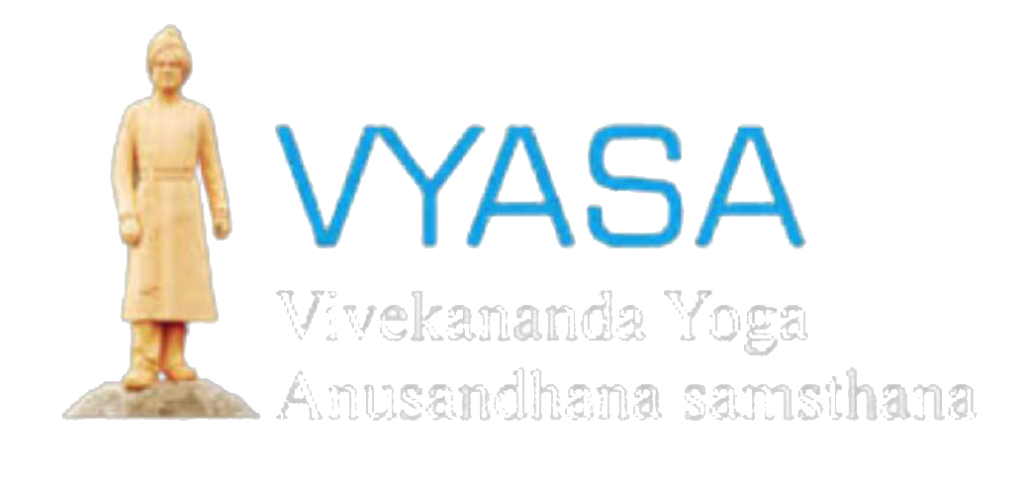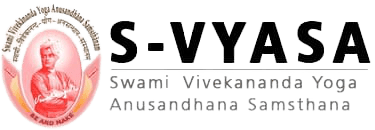Case study on Lumbago Lumbago is the general name used to refer low back pain. It is caused due to many reasons such as lack of physical activity, prolong sitting, poor posture, trauma, weakness of joint and muscles. Usually the lumbago will be a dull kind of pain. it may have...
Articles
Case study on Anxiety
Case study on Anxiety Anxiety is nothing but the kind of fear, uneasiness and dread. It is very much common at times while making an important decision, facing difficult situations or writing some competitive exams etc. everyone experience the anxiety some or the other time. It is considered as normal...
Case study- Integrative approach to manage stress
Integrative approach to manage stress Stress is a natural response to face the challenging situations. It is also a state of worry or mental tension caused by difficult conditions. Stress can be a Positive stress/Eustress or Negative stress/Eustress.Positive stress or healthy stress is a natural part of life. Everyone need...
Case study on Alzheimer’s Disease
Alzheimer’s Disease Alzheimer’s disease is a neuro generative disorder affecting the both cognitive and behavioral affections, which significantly affects the normal functioning. The symptoms worsen over time and patients end up with progressive memory loss, trouble concentrating, loss of judgement and language skills, personality changes.The main feature of Alzheimer’s disease...
Lets talk about Menopause
What is Menopause? Peri-menopause? How to deal with it? Unlock a deeper understanding of menopause and perimenopause, and learn how to care for yourself during these phases. Is a doctor's consultation necessary? Find out the key insights to handle these stages that every woman experiences – you, your sister, your...
Case study on PCOS
PCOS (Polycystic Ovarian Syndrome) is a medical condition in women were the immature egg is produced in the ovaries and forms as cysts. Exact cause for the PCOS is unknown but is said to occur due to hormonal imbalance. Sedentary lifestyle with stress, irregular food/sleep habits and lack of physical...
PCOS Awareness Workshop
PCOS Awareness Workshop Register Now You've got the basics, but PCOS is like a puzzle with many pieces. It can differ for everyone. There's more to explore than the common signs we mentioned. Think about what might cause it, who's at risk, what could happen next, and how it can...
Women’s Wellness Workshop
Women's Wellness Workshop The genuine beauty of a woman lies in her overall well-being and her capacity to lead an active lifestyle. Throughout the various stages of life, women encounter diverse health challenges. During adolescence, they face challenges related to menarche and associated issues. As young adults, they must balance...
International Yoga Day – 2024
International Yoga Day International Yoga Day Celebration 2024 at Vivekananda Health Global Call us to Join FREE elderly Yoga Session - 91 95913 36226 Click here for Corporate Yoga Support Yoga is a physical , mental , and spiritual practice that originated in ancient India. It encompasses a wide range...
Multidisciplinary Treatment for Infertility
Ayurveda treatment for Infertility : Infertility is common problem, affecting approximately 10 –15% of couples worldwide. Out of 100 couples, 10 to 15 of them will have difficulty getting pregnant after trying to one year or two Infertility is the inability of a woman to conceive after trying to get...





